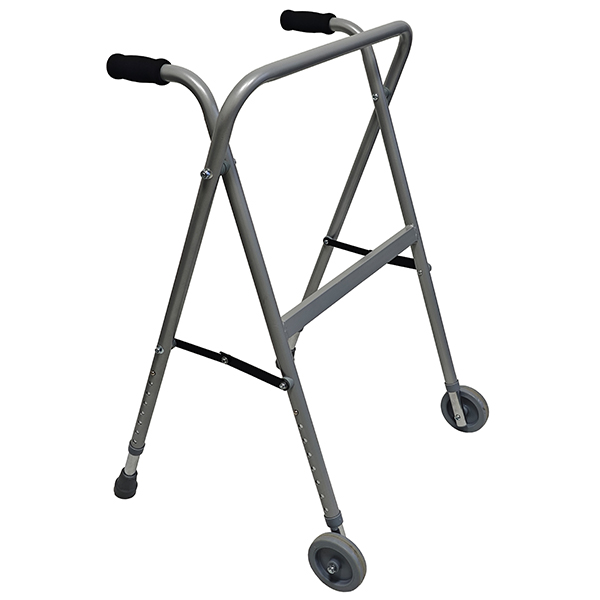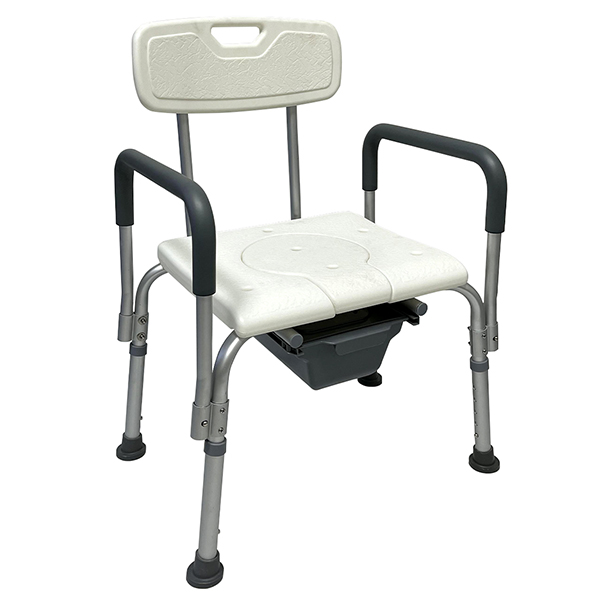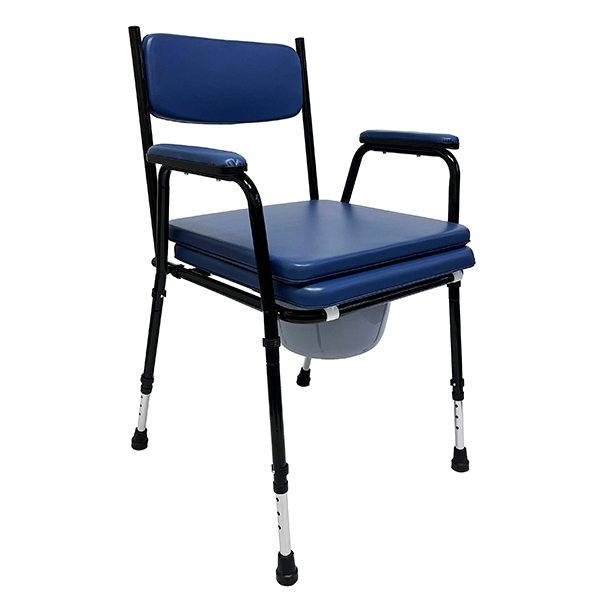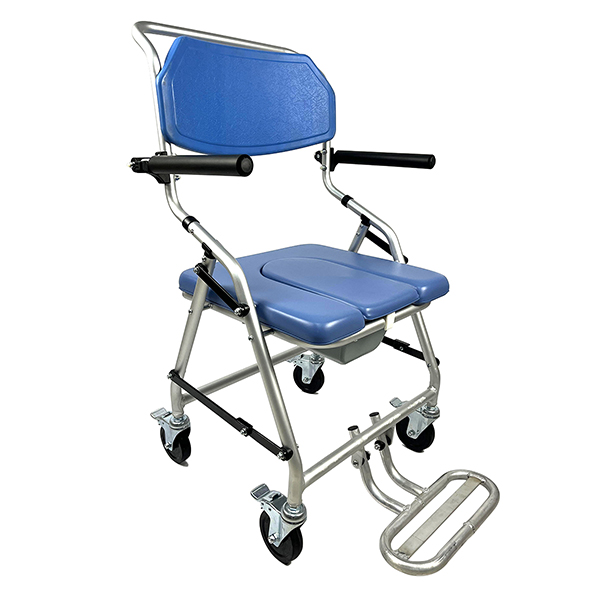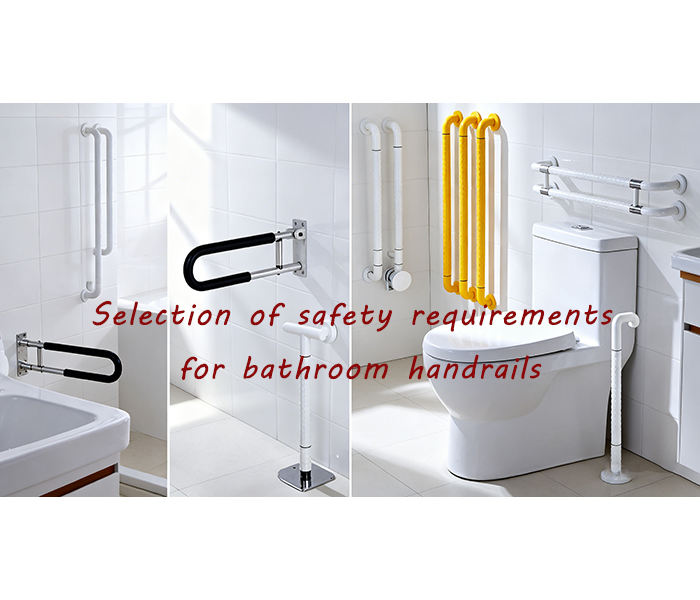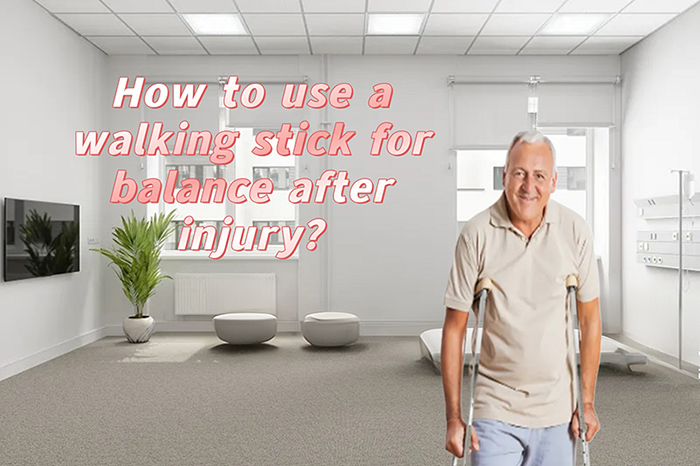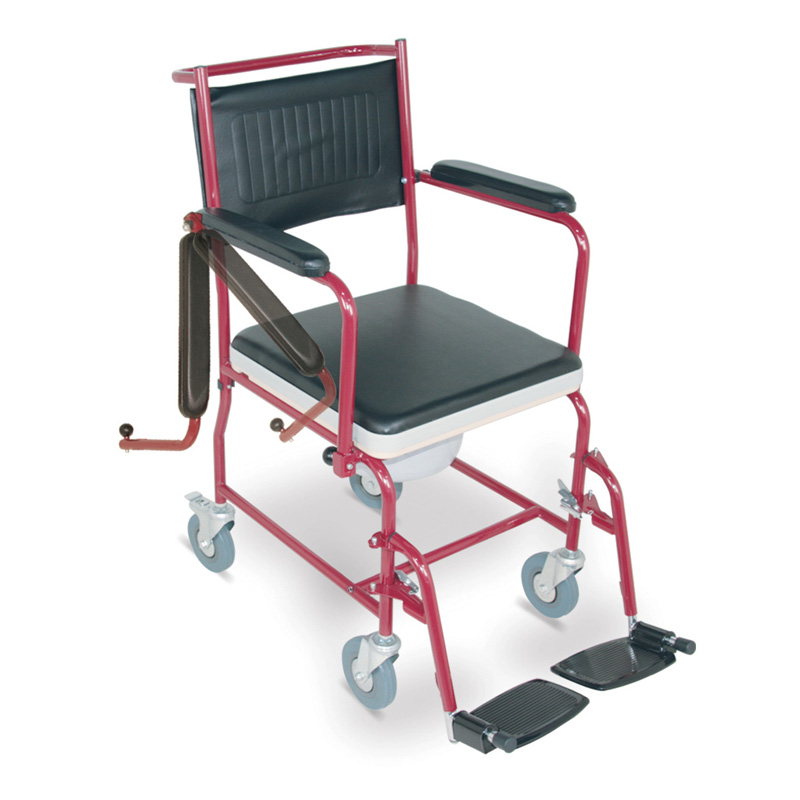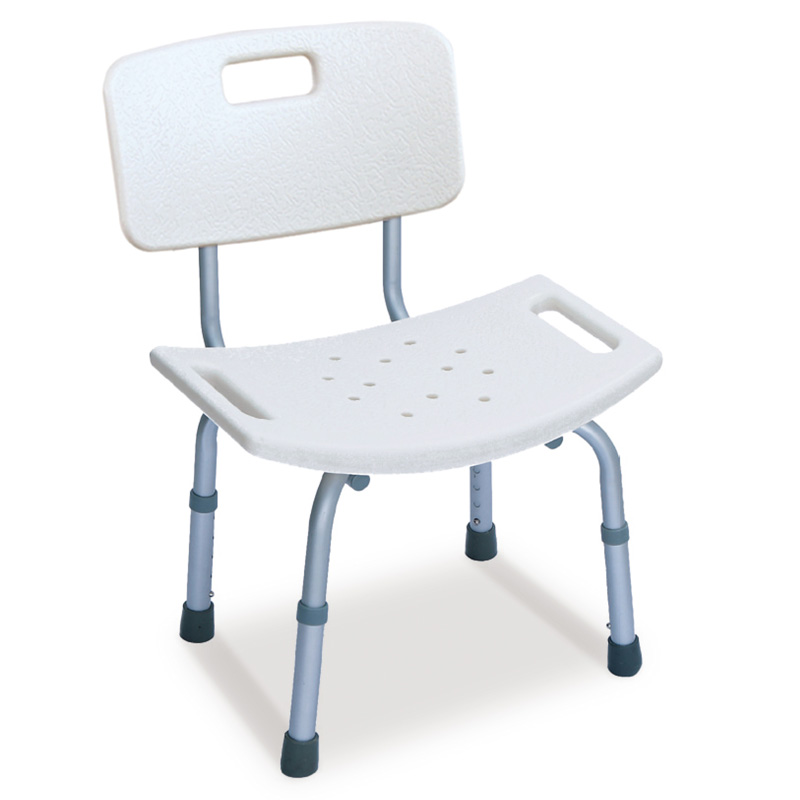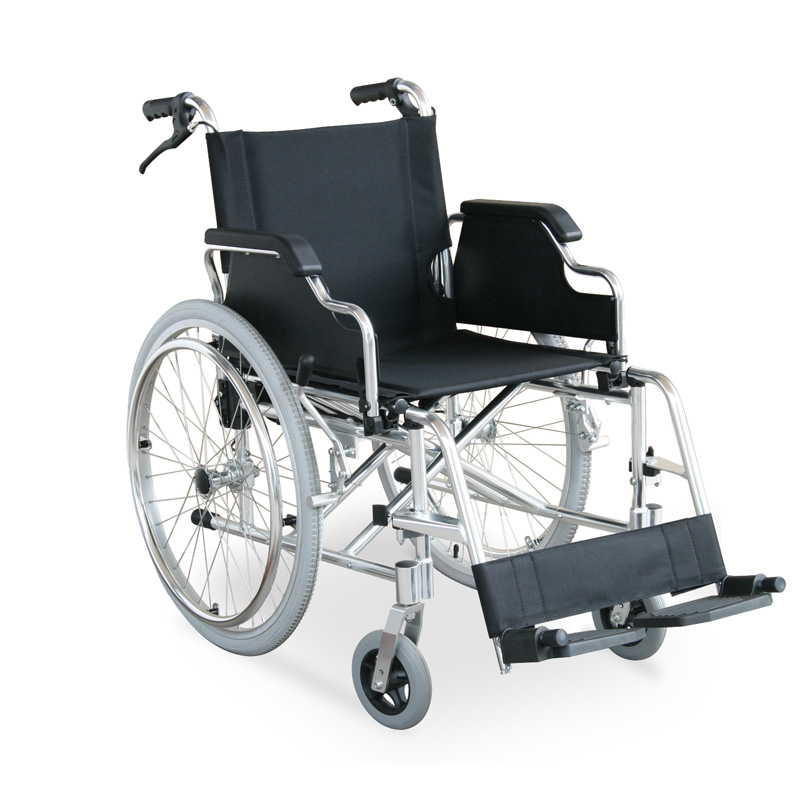Walker - Um parceiro poderoso no caminho para a reabilitação da mobilidade
2025-07-18 05:47
Este guia abrangente sobre andadores abrange quatro tipos e características comuns: andadores dobráveis, andadores de duas rodas, andadores de quatro rodas e andadores com assento, e recomenda produtos correspondentes a cada tipo.
Walker - A powerful partner on the road to mobility rehabilitation
For people with limited mobility, walking aids are an important helper to restore their daily activities. Walking aids can provide balance support and share the pressure on the lower limbs, but many people have many questions about how to use walking aids and what types to choose.
What types of walking aids are there?
The design of walking aids needs to adapt to different mobility needs. Common types are mainly divided into the following categories:
Walkers: Foldable walking frame adopt a wheelless design. The frame of the foldable walking frame is made of aluminum alloy or steel and can be folded and stored. The characteristics of foldable walking frame are extremely stable and can provide maximum support. They are suitable for early users with weak lower limb strength and poor balance ability. However, when using them, foldable walking frame require a certain amount of upper limb strength to lift and move.
Two-wheeled walker: The front of the folding walker with wheels is equipped with two universal wheels and the rear is a rubber foot pad. The folding walker with wheels takes into account both stability and flexibility. It does not need to be fully lifted when pushed. It only needs to be tilted and slid forward. It is suitable for people with medium upper limb strength and a small amount of support.
Four-wheeled walker: All four wheels of the wheeled walker are universal wheels, some with brakes. The wheeled walker is easy to push and does not need to be lifted, which is suitable for people with weak upper limb strength or who need to move long distances. Wheeled walker with brakes can ensure safety on slopes or when they need to be fixed.
Walker with seat: A load-bearing seat is added to the walker with seat, which is suitable for people who are prone to fatigue after standing for a long time (such as the elderly and patients recovering from surgery). When sitting down, the brakes of the walker with seat must be locked first to prevent sliding.
Recommendations for various types of walking aids
Folding walker: The JL963LA foldable walking frame is made of solid aluminum, which is lightweight and durable and can withstand a load of 100 kg. The foldable walking frame is equipped with non-slip handles, height adjustment, rotation torque reinforcement, etc. This foldable walking frame adopts a trigger-type folding design. The foldable walking frame is available in two colors, which is both practical and beautiful.

Two-wheeled walker: The JLZ00301 folding walker with wheels is equipped with 5-inch front fixed wheels with sliding tips to improve the maneuverability of the folding walker with wheels on all surfaces. The folding walker with wheels improves the coordination of movements, allows you to maintain balance and reduces the load on the lower limbs.

Four-wheeled walkerr: L9123L (S) This walker is a pediatric walker. The pediatric walker is available in 2 sizes. The pediatric walker is equipped with fixed front wheels and universal rear wheels. The pediatric walker is height-adjustable and has two buttons to fold the pediatric walker.

Walker with seat: JL914L This walker with seat is made of a lightweight and durable aluminum frame, which is sturdy and durable. The seat of the walker with seat is made of high-density sponge material, which is comfortable to sit on and has strong load-bearing capacity. The bottom of the seat of the walker with seat can also be folded to save space when not in use.

Who is not suitable for using walking aids?
Although walking aids are good, they are not suitable for everyone. Be cautious in the following situations:
The lower limbs are completely unable to bear weight: If the lower limbs are paralyzed or the fractures are not healed, they cannot bear the weight of the body, and the walking aids cannot provide effective support, and a wheelchair must be used instead.
Severe cognitive impairment: For example, patients with late-stage Alzheimer's disease cannot understand the operating logic (such as brake use and direction control), and may fall due to misoperation of the walker.
Extremely weak upper limb strength: Wheelless walking aids require upper limbs to lift, and if the arms cannot exert force, the walking aids may fall; although wheeled walking aids save effort, the brake operation also requires a certain amount of strength.
What are the disadvantages of walking aids?
Terrain restrictions: Walking aids are difficult to push on bumpy roads and grass, and moving is laborious.
Risk of dependence: Some users rely on walking aids for a long time and ignore lower limb strength training, which may lead to muscle atrophy. It is recommended to combine exercise under the guidance of a rehabilitation therapist.
The core value of a walking aids is dddhhhassistancedddhhh rather than dddhhhreplacementdddhhh. When choosing a walking aids, you don't have to pursue comprehensive functions. The key to improving the quality of life is to find one that suits you. If you feel uncomfortable or abnormal during use, contact a professional for adjustment in time to make this tool a real dddhhhgood helperdddhhh for your actions.
-
Please visit Andador dobrável e leve com rodas.
Este andador leve é incrivelmente prático! Possui 8 ajustes de altura para acomodar usuários de diferentes estaturas. As rodas de 10 cm (4 polegadas) oferecem flexibilidade e estabilidade, adaptando-se a diversos tipos de superfície. As ponteiras antiderrapantes garantem segurança e previnem quedas e tombamentos. O andador também possui um design dobrável e fácil de usar. Este andador de mobilidade é adequado para diversas situações. Ele atenderá plenamente às suas necessidades e proporcionará uma experiência sem preocupações.
Obter o preço mais recente? Responderemos o mais breve possível (dentro de 12 horas)
